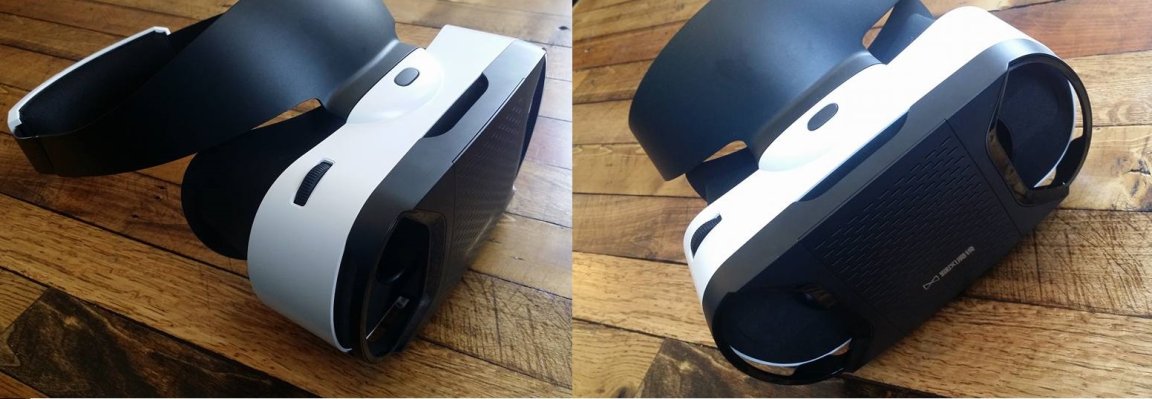
Want to dive into virtual reality? Well, get your wallet ready. An Oculus Rift VR headset will set you back a cool $599, while the Vive by HTC will cost you $799. And honestly, things only get worse from there—you still need a computer that is able to handle whatever virtual reality world you are hoping to enter.
Ultimately, this level of VR content demands a powerful gaming PC that is able to pump out the high frame rate required to make the experience fluid. Almost no laptops meet the minimum specs, and typically, PCs that can handle the load start at about $1,500. That’s at minimum. The newer game engines, like Unreal Engine 4, require better systems, and these start at about $2,000 (and can soar much higher).
Fortunately, we have an alternative.
VR On the Cheap
Most of us have heard of the (much cheaper) alternative launched by Google—Google Cardboard. It costs just $15, which really isn’t too surprising since, well…it’s just cardboard. But it works.

The Cardboard is a platform that was developed by Google for use with a smartphone. To work, you just start your video (or whatever VR thing it is you want to view), pop your phone into the Cardboard, hold the device up to your face, and you are good to go.
The phone is usually kept in place with that little bit of velcro that you see there on the top and front end of the Cardboard, which may make some people hesitate. And although individuals usually just hold the viewers to their face, you can get a number of different headbands that are meant to keep the Cardboard in position, leaving your hands free.
However, there are a few down sides. First, there’s no customizability. What you get is what you get, and there is real no adjustment to the viewers. Second, it’s made of cardboard. If you happen to forget that the Cardboard is in your bag, it’s rather easy to accidentally smash the device to bits (or at least squish it a bit).
Lastly, there’s the assembly. Here’s what Cardboard typically looks like when it arrives….

Although it’s certainly not the most difficult thing in the world, it takes about 15 minutes of fumbling to get the Cardboard together. A lot of the problem comes with getting everything to stay in place, as it keeps slipping apart. But once you have it together, it stays together.
And while this is great for anyone who just wants to experience the novelty of VR, if you plan on using it recurrently, durability is a concern. Fortunately, there are a number of other off brand devices out there.
I recently got to try the Baofeng Mojing IV, which is a bit more expensive than the Cardboard, coming in at just under $50. That’s obviously a tad more than Google’s platform; however, if you plan on using it regularly, it may be the better option, as it is far sturdier.
The Baofeng Mojing IV is made of plastic, so it is rather more indestructible than the Cardboard. Also, the device comes with a headband that snaps into place, and it feels a lot more secure than the bands that you get with cardboard. Moreover, you don’t have to worry about the phone falling out, as it is likewise secured with snaps, and also some rather strong magnets (as opposed to Cardboard’s velcro).
You can also adjust the lenses on the Baofeng Mojing IV rather easily. You can’t adjust the focal distance, as the phone is already right up against the lenses, but you can alter the interpupillary distance (the space between the two lenses) an appreciable distance.
TO SUM:
If you want something that can stand a bit of banging about, has a secure holder for your phone, and a comfortable and secure headband, then go with the Baofeng Mojing. It is also the better choice if you plan on using your VR device for an extended period.
If you plan on only jumping into VR intermittently, the Cardboard works fine and it the cheapest tech that will give you want you need.
Disclosure: I received the Baofeng Mojing IV for free in order to do this review.